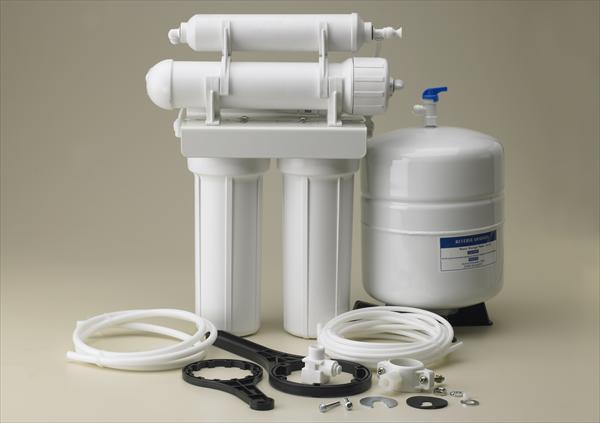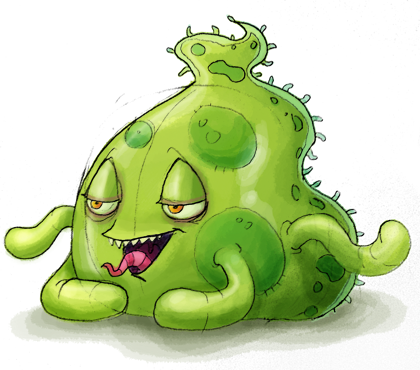AFC Water Systems, LLC
Ph 603-479-5337
Bacteria
Bacterias and Other Contaminants
Arsenic
Lead
Both human-caused and naturally-occurring pollutants are often found in private wells. Bacteria and nitrates, which can lead to immediate and serious health conditions, may be found in well water as a result of a poorly performing septic system or a nearby agricultural source. (NH Department of Environmental Services)
Arsenic is a potential concern to those that do not receive municipally treated water and live in an area with high natural deposits of arsenic, receive runoff from orchards, or receive runoff from glass and electronics production wastes. Arsenic is potentially a very harmful and even fatal contaminant that can cause damage with immediate consumption or over the long term. Long-term exposure to arsenic can cause a number of harmful effects on the human body. There is increasing evidence that people who consume drinking water with high arsenic levels for many years can have health problems, including nervous system effects, skin changes, and several circulatory diseases. (Water Quality Association)
If you live in a house built before 1986 (when the plumbing lead ban took effect), or if your water comes through pipes installed before 1986 from your community’s central treatment plant, you should be especially alert to the possibility of lead in your water. Lead is a health concern because it can accumulate in your body – leading to lead poisoning. This can compromise your nervous system, damage vital organs, and stunt development. In extreme cases, lead poisoning is fatal. Lead in water can be a particular problem for more vulnerable people, including women of child bearing age, the very young and elderly, chronically ill, and the unborn. (Water Quality Association)
Reverse Osmosis,
by Pentair
These are just some of the many contaminants found in drinking water. An analysis by a trained AFC professional is always recommended. A water treatment systems can then be designed to meet your individual needs.
With advances in testing and health research, experts are learning of new potential dangers in our drinking water. In many cases, the possible harms are not yet fully known.
Two examples: EDCs (endocrine disrupting compounds) and PPCPs (pharmaceuticals and personal care products). Up to 90 percent of oral drugs pass through the human body and end up in the water supply. Personal care products also find their way into our water. Endocrine disruptors are substances that may interfere with the function of hormones in the body. Researchers are finding trace amounts of all these contaminants in water throughout the country. (Water Quality Association)
Emerging Contaminants

